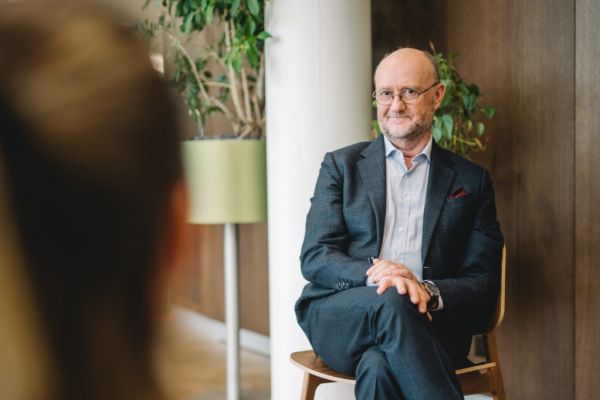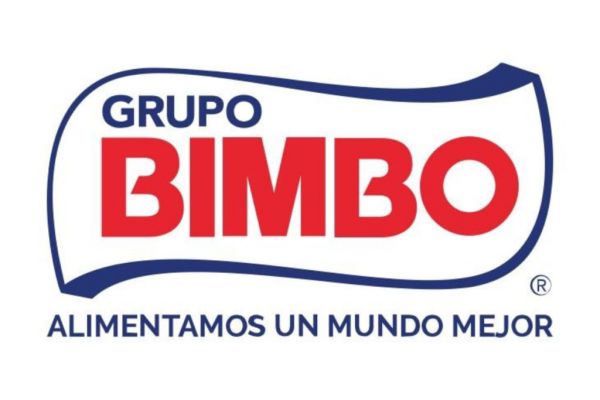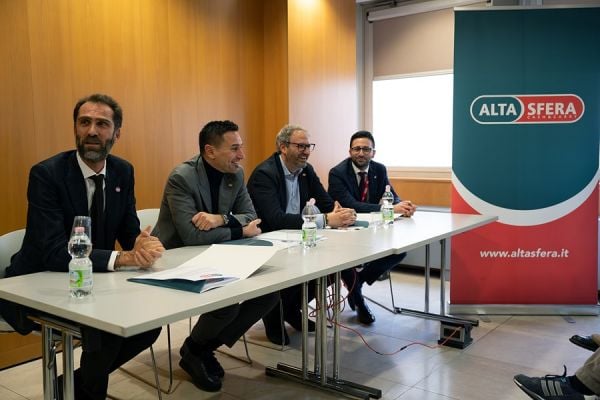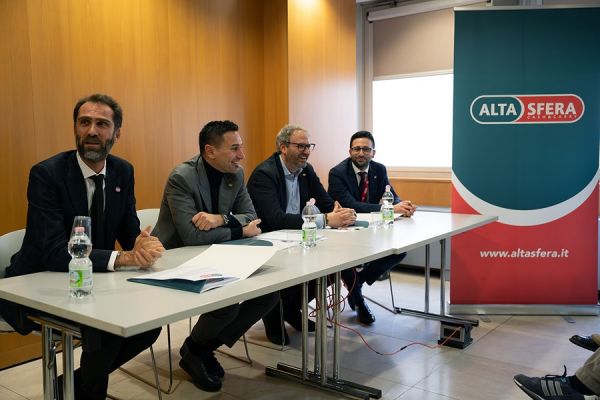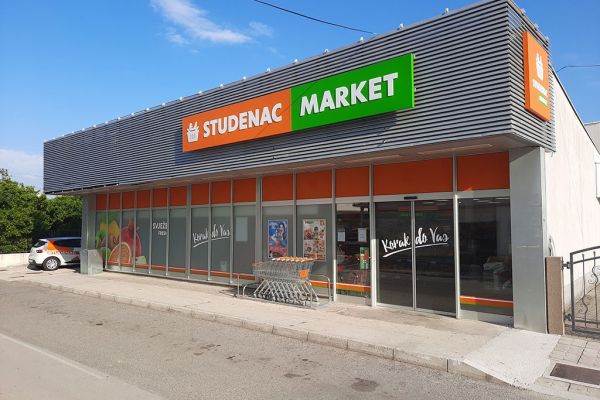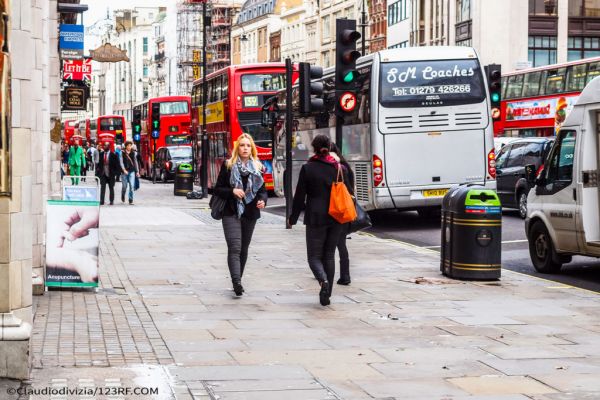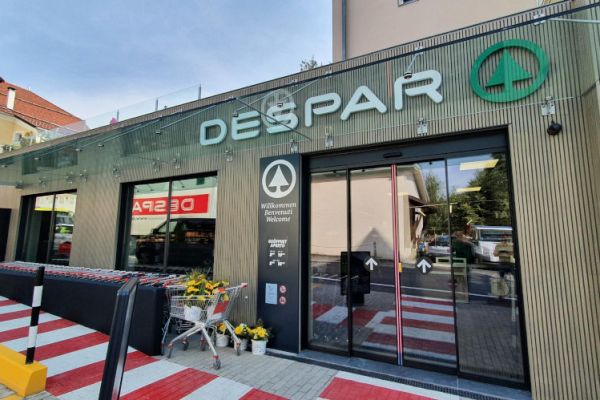Ahead of the 2011 ECR Europe Conference and Marketplace in Brussels, ECR Europe co-chair and President, Western Europe, for Procter & Gamble, Gianni Ciserani, tells European Supermarket Magazine (ESM) that while most suppliers and retailers understand the benefits of collaborative programmes and initiatives, the challenge rests with how well they implement them.
As President, Western Europe, at Procter & Gamble, Gianni Ciserani has overseen the development and implementation of dozens of new product launches and marketing strategies – he has worked for P&G since 1987 in a variety of roles, including a global leadership position for P&G’s huge Baby Wipes business. But it is in his role as ECR Europe co-chairman (with Ignacio Gonzalez of Carrefour), that Ciserani has been able to see how effectively the wider industry is handling the increased logistical and supply challenges currently facing the consumer goods sector. Yes, we have made progress, in what is currently a difficult trading environment. But we still have a way to go.“I think, as an industry, we have successfully completed what I call ‘stage one’, which is the agreed intent and the agreed strategic choice that collaboration is the way to create value,” Ciserani explains. “If I compare where we are today versus where we were even four or five years ago, I think there is definitely more alignment on the fact that the strategy of collaboration is the right one.“Now, however, I think we are facing the difficulty of ‘stage two’, which is implementation. There are issues; such as the use of data sharing that is understood by both parties. Different measures might be used across retailers and suppliers, or data might not always available on time. Similarly, some organisations may not be able to operate as efficiently as others. How can we make sure that people on the two sides of the table can progressively align on common reward systems, so that success, as it is defined, as the same for all of us?”P&G is an example of a business that has transformed several of its supply chain processes to boost efficiency and create a better value logistics operation. For example, the company now transports much of its cargo throughout Europe by train (15 – 20 per cent). “This is something that seemed impossible only three or four years ago,” says Ciserani. “Now, through a series of track innovations, and from a financial standpoint, it is a preferred option, even across small distances of 400km. Our use of train transport is growing exponentially, and offers a huge amount of savings in terms of sustainability and carbon emissions.”P&G, of course, aren’t alone in their endeavours, and, indeed, a glance at many of the major FMCG giants – Unilever, Coca- Cola, Kraft, Nestlé - indicates that most, if not all, have adopted some level of ECR principles into the way they do business. ESM asked Ciserani whether he believes that it is the major manufacturers that are at the forefront of driving ECR development, with smaller suppliers following on behind them. “Of course, large corporations have more resources available in terms of more people and more financial opportunity, but I know of many examples of small companies, firms and entrepreneurs that are really innovating when it comes to ECR. Unlike many major corporations, they have the advantage of agility, and they have brought to the party a lot of very novel ideas. Ideas can come from any party, and this is one of the key points we’re trying to promote here at the ECR Conference.”And what of customers? While the moves to create sustainable, value-orientated supply chains is great for business, does the consumer buy into the same philosophy? According to Ciserani, if the end-consumer isn’t engaged into the process, then the system has failed. “If we, the manufacturers and retailers, achieve success without achieving success in the eyes of the shopper or the customer, I don’t think it would be sustainable. The only way ECR can work is if we are able to bring more value to the shoppers, so that the industry, as a total, creates value. The customer has to be the starting point.“Consumers today have many of the requirements that have always existed, like having the right assortment, the right price, always in stock, but there are new trends that are becoming increasingly important, such as sustainability. Consumers want a product that does not come at the expense of future generations. Everything that we are doing on sustainability of transportation, sustainability of packaging, in-store sustainability, I think, is way more important than it was a few years ago.“Most of all, however, consumers want to make sure that things are being done in the right way. They are showing a much deeper and greater interest in corporations and how they behave. Information is key to defining customer success.” (5 Apr)Gianni Ciserani will be speaking in Plenary 1: Rising to the Challenges, on Tuesday 5th April (Gold Hall)
© 2011 - ESM: European Supermarket Magazine


